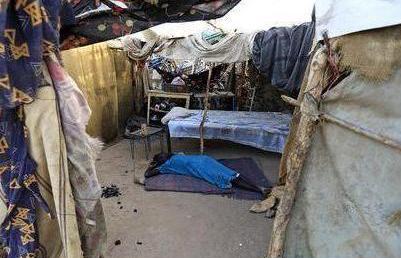Food shortages force S. Sudanese to W. Kordofan: UN
May 22, 2016 (KHARTOUM) – About 7,000 South Sudanese fled to West Kordofan State due to severe food shortages, the United Nations Coordination office in Sudan said in a report.

Officials say the situation is worrying as both the South Sudanese refugees and locals in the area need assistance.
According to the UN, majority of the refugees came from South Sudan’s Northern Bahr al Ghazal and Warrap states, having been driven by the conflict and food insecurity.
“South Sudanese refugees lack resources to pay for the services and some health facilities need support,” it noted.
In a related development, the UN refugee agency (UNHCR) said thousands of Sudanese refugees have continued to cross border into South Sudan due to insecurity back home.
In the first two weeks of May, a number of 2,114 Sudanese refugees from South Kordofan state arrived in Yida, bringing to 6, 748 the number of new arrivals since 1 January 2016.
This, UNHCR statement said, represents an increase by 124 percent compared to the previous two weeks.
“They reported hunger, aerial bombardments and ground attacks as the main reasons for fleeing to South Sudan. UNHCR provided them, inter alia, with registration, reception assistance and transportation to Ajuong Thok,” it said.
UNHCR also said it continues to tackle malnutrition in Maban when UNHCR and partners reached 4,758 children under five years and two years with the first round of Blanket Supplementary Feeding Program, including 916 in Gendrassa camp, 1,600 in Kaya camp and 2,242 in Yusuf Batil camp.
“This is part of a broader response to reduce high rates of Global Acute Malnutrition (GAM) and Severe Acute Malnutrition (SAM) among refugees in Maban.”
Its Livelihood Strategy for South Sudan officially launched its 2016-2018 Livelihoods Strategy for South Sudan on 12 May, in an event gathering United Nations Agencies and non-governmental organizations (NGOs) working in this sector, including World Food Programme (WFP), Food and Agriculture Organization (FAO) and Universal Intervention and Development Organization (UNIDO).
These organisations have jointly developed a plan of action aiming at increasing refugees’ access to livelihoods opportunities and reducing dependency on humanitarian aid.
“The strategy will target both refugees (70 percent) and host community (30 percent) in refugee-hosting areas such as Central Equatoria, Western Equatoria, Upper Nile, Unity and Jonglei,” it said.
(ST)
